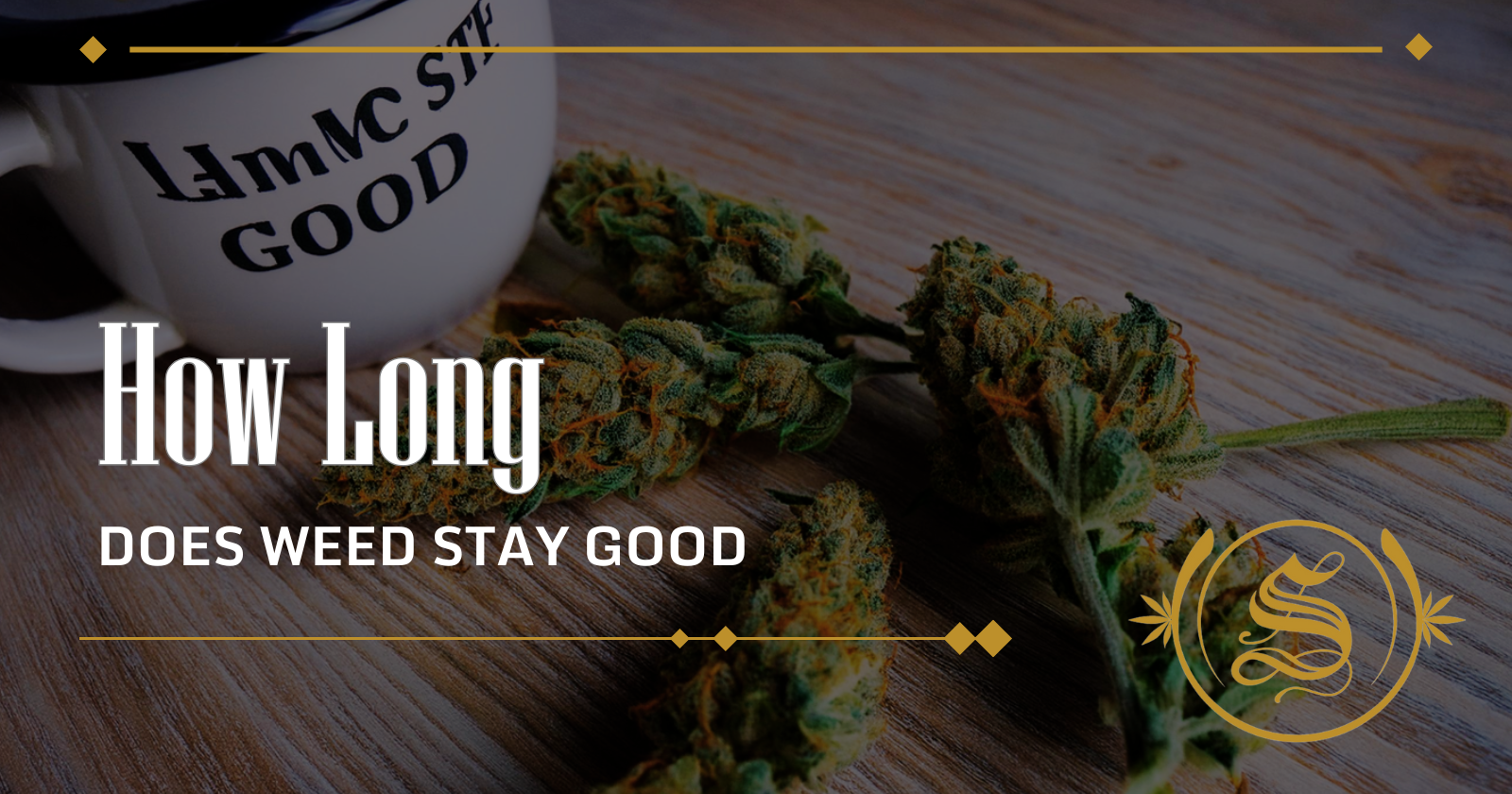Iftikhar Alam
Author
Reviewed by Cannabis Experts
Published on: September 18, 2023 | Updated on: September 11, 2024
Cannabis is a hardy plant that can survive a wide range of temperatures and growing conditions. But does that guarantee dense buds every time? Sadly, no.
Instead, the journey to getting dense buds starts with choosing the strain. Everything, from genetics to growing conditions, determine the density, flavor, and aroma of the resulting buds.
Some common reasons for your plant not budding the way you desire are extreme temperatures and poor nutrition. Not meeting the cannabis plant’s lighting and watering requirements can also result in a disappointing yield.
Luckily, there are quite a few ways to ensure — or maximize the chances — dense buds. Let’s look at them in detail.
Get the Genes Right

You know how they say the apple doesn’t fall far from the tree? It’s the same with cannabis. Genetics plays a huge role in determining what the yield will look, smell, and taste like.
For dense buds, select Indica-dominant strains. Some of these strains are:
- Bubba Kush
- Afghan Kush
- LA Confidential
- Purple Kush
- Granddaddy Purple
Indica-dominant buds have denser buds and shorter stature. They also flower quickly because they come from cool regions where summers are short. On the other hand, Sativa-dominant strains come from tropical climates and have a loose bud structure to prevent mold and bud rot.
There’s no need to go rogue looking for ”pure” Indica strains. Most cannabis strains you’ll find in the market today have undergone extensive crossbreeding. Just choose an Indica-dominant strain, and you’ll be good to go.
6 Tips to Get Big Fat Cannabis Buds
You’d think selecting the right genetics would do the trick, but genes can only do so much. You also have to follow these tips to get dense cannabis nugs.
1. Grow Cannabis In Appropriately-Sized Pots
The right pot for a cannabis plant is the one that allows proper circulation and is big enough for the plant to grow without space constraints. How big or small the pot should be will depend on the following factors:
- Number of cannabis plants
- Growth environment (outdoors or indoors)
- Growing space (size)
Use a small pot, anywhere from 6 to 8.5 liters, for autoflower seeds. Larger pots with a capacity of 25 liters are best for plants that need more space. On average, a 12-liter container is best for growing cannabis plants with dense buds.
Besides the size, also consider the pot’s drainage. A well-draining pot will prevent water from pooling at the bottom of the root ball.
If you have an outdoor space, you won’t even need pots. Plant your weed directly into the ground for good growth.
2. Select the Right Cannabis Growth Medium
Most growers use soil as a growth medium since it’s readily available and easy to use. You can stick to soil or get an organic potting mix with the right soil amendments for cannabis plants.
Some people also use peat moss, rockwork, or coco coir as growing mediums. Remember that these mediums do not contain nutrients, so you must add them with water. Overwatering is a major risk in this regard.
3. Perfect the Lighting
Cannabis plants have varying lighting requirements during their vegetative and flowering stages. The amount of light isn’t the only thing you need to worry about; intensity is just as important.
Cannabis buds need ample light to ”fatten” up. You shouldn’t let the light source be too close to the plants as the heat can burn the buds. But the light shouldn’t be too far either, or it would not help the buds grow optimally.
What’s the sweet spot, then? The light source should be far enough to illuminate the entire canopy but close enough to provide buds with the necessary intensity.
You can also better the lighting by pulling up reflective walls around your plants. For example, get an indoor growing tent with Mylar or white plastic. These materials reflect extra light onto the plants, facilitating dense bud growth.
The light schedule also matters a lot. Cannabis plants prefer getting a ton of light, but you have to watch your electricity bill too. Give your plants a 12/12 light cycle during the flowering stage and 18/6 in the vegetative stage.
A better way to not have to worry about the electricity bill is to grow your plants outdoors. All hail the sun! It’s free, aplenty, and provides the right light intensity. Choose a planting spot that gets plenty of sun during the morning but provides partial shade during the hottest times of the day.
4. Optimize the Temperature and Humidity
Cannabis plants are not huge fans of extreme temperatures. Somewhere between 18°C and 26°C is the right temperature range for most strains. Ideally, the temperature should not be higher than 30°C during the day. Excessive heat can damage the buds and stunt their growth.
If your plants are growing outdoors and exposed to harsh August sun, spray them with water to cool them down. Do not water the leaves, though, as it can result in sunburns.
As for humidity, it should not be above 60% during the flowering phase. To get dense buds, reduce the relative humidity to 45% three weeks before you harvest your cannabis buds.
By reducing relative humidity, you’re urging the plant to use its internal mechanism for flower protection. The plant will produce more resin, which will increase bud density.
5. Give Them Space
We’re not the only species that need space to thrive. Weed plants need it just as much.
When planting cannabis, let there be enough space between adjacent plants to prevent competition for resources and overshadowing. A spacious setup also allows proper circulation, letting plants breathe and keeping them safe from pest infestations and mold growth.
6. Feed Them Well
There’s no one-fits-all approach here. You have to select the right nutrition for your particular strain. The only standard approach is to apply a nitrogen-rich fertilizer during the vegetative state and a potassium fertilizer during flowering.
Also, incorporate helpful bacteria, fungi, and mycorrhizae into your soil to improve nutrient uptake and provide pest protection. You can also add supplements like amino acids and molasses to promote dense bud growth.
Conclusion
Watching your cannabis plant grow big fat buds is a dream come true for every grower. The right mix of nutrition, light provision, humidity control, growing space, and fertilizer can help your dream come to life.
The content provided on this blog is for informational purposes only and does not constitute medical, legal, or professional advice. Cannabis use is subject to local laws and regulations, which vary widely by jurisdiction. Always consult with a healthcare professional before starting any new treatment or altering an existing treatment regimen. The authors and publishers of this blog are not responsible for any actions taken based on the information provided herein. Use cannabis responsibly and in accordance with applicable laws. This blog is intended for adults aged 21 and over. The Sanctuary Dispensaries D186, D187.








